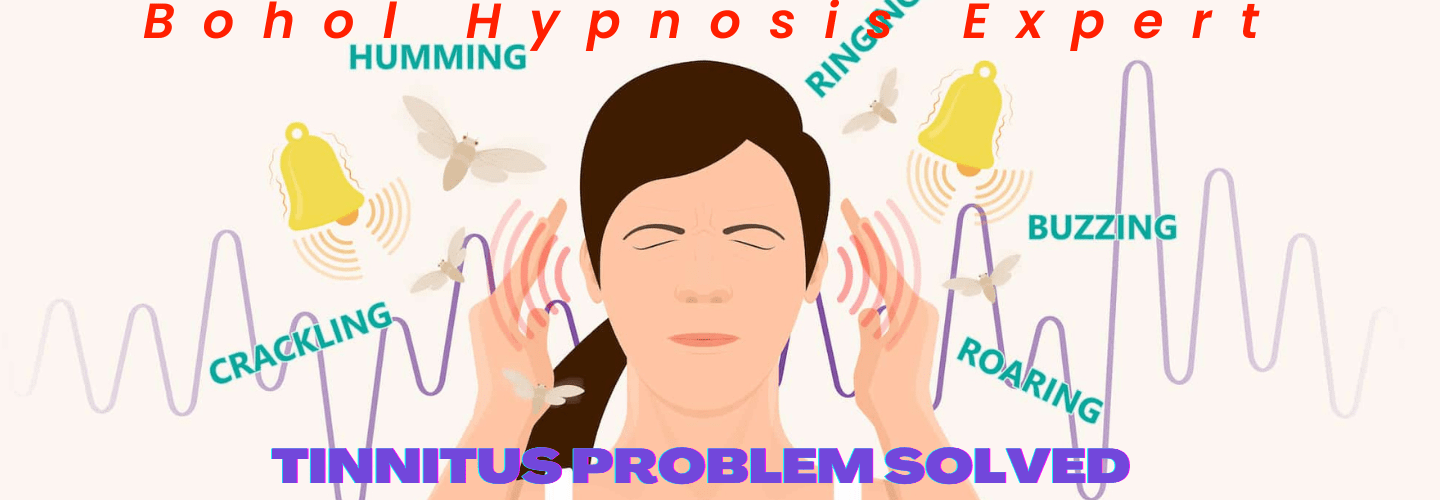
Releasing fear with self-hypnosis techniques is a powerful way to regain control of your subconscious mind and conquer deep-rooted phobias. By embracing these methods, individuals can set out on a journey towards emotional freedom and resilience. Through progressive muscle relaxation, deep breathing, and visualization, one can gradually loosen fear's grip and cultivate a sense of empowerment. These techniques not only assist in overcoming fears but also in building inner strength and confidence. Explore how self-hypnosis techniques can transform your relationship with fear and guide you towards a path of profound self-discovery and personal growth.
Key Takeaways
- Utilize progressive muscle relaxation to manage fear effectively.
- Access deep-seated fears through self-hypnosis for exploration.
- Achieve emotional release as a milestone in fear processing.
- Cultivate a serene environment for relaxation techniques.
- Strengthen belief in overcoming phobias through visualization.
Understanding Fear and Self-Hypnosis
Delving into the depths of fear and self-hypnosis reveals a profound connection between our subconscious minds and the liberation from phobias. Self-hypnosis, a powerful tool for overcoming fears and phobias, explores the intricate web of our thought patterns and subconscious mind. By understanding the root causes of our fears, we can begin to untangle the hold they have on us.
One essential aspect of self-hypnosis for fear management is progressive muscle relaxation. This technique involves gradually tensing and then releasing each muscle group in the body, promoting physical relaxation and mental calmness. As the body relaxes, the mind becomes more receptive to positive suggestions and imagery, aiding in the rewiring of negative thought patterns associated with phobias.
Self-hypnosis allows individuals to access their subconscious minds, where deep-seated fears often reside. By tapping into this reservoir of emotions and memories, one can confront and address the underlying causes of phobias. Through techniques like visualizing past events related to fears and breathing exercises, individuals can reframe their perceptions and reactions to these triggers.
In the journey of self-hypnosis for fear exploration, emotional release is a significant milestone. Crying during or after a self-hypnosis session can indicate a cathartic release of pent-up emotions, signifying progress in overcoming phobias. By embracing the power of self-hypnosis and understanding the intricate relationship between fears and the subconscious mind, individuals can pave the way towards liberation from debilitating phobias.
Techniques for Deep Relaxation
Delving into the world of deep relaxation techniques within self-hypnosis reveals a haven for calming the mind and body amidst the journey of addressing fears and phobias. When initiating a path of personal growth to tackle the root cause of fear or phobia, it is essential to cultivate a serene environment. Find a quiet, distraction-free room where you can immerse yourself in relaxation techniques that promote inner peace and tranquility.
Deep breathing plays a pivotal role in relaxing the mind and body during self-hypnosis sessions focused on fear or phobia treatment. By concentrating on slow, deliberate breaths, you can alleviate anxiety- and stress-related symptoms that often accompany these challenges. Additionally, visualizing past events related to the phobia can help release negative emotions that may be contributing to your fears.
Incorporating slow breathing techniques into your self-hypnosis practice can assist in releasing deep-seated fears and anxieties. Picture yourself detaching from the phobic trigger, allowing yourself to experience a sense of liberation and empowerment. By embracing these self-hypnosis techniques for deep relaxation, you pave the way for transformative healing and personal growth on your journey to overcoming fears and phobias.
Visualizing Positive Outcomes

In the domain of self-hypnosis, harnessing the power of visualizing positive outcomes serves as a transformative tool to reprogram the mind towards success and empowerment. By engaging in the practice of visualization, individuals can actively counteract phobic responses and shift their focus towards favorable scenarios and emotions. This technique allows individuals to cultivate a sense of confidence and control over their fears, paving the way for profound empowerment.
When individuals immerse themselves in the process of visualizing positive outcomes during self-hypnosis, they open the door to a space where motivation and belief in overcoming phobias are strengthened. The mind, when consistently exposed to these positive visualizations, becomes adept at confronting and conquering fears with resilience and determination.
Through the lens of self-hypnosis, the act of visualization becomes a powerful ally in the journey towards fear conquering. It serves as a beacon of hope, guiding individuals towards a future where success and empowerment reign supreme. Embracing the practice of visualizing positive outcomes not only rewires the mind but also instills a deep sense of optimism and possibility, laying the foundation for a life free from the shackles of fear.
Desensitizing Phobic Triggers
Begin your journey towards overcoming your fears by understanding how desensitization techniques in hypnotherapy can gradually reduce the emotional intensity of your phobic triggers.
Through visualization and cognitive restructuring, you can gain a sense of control and safety when faced with your fears.
Embrace the power of hypnotherapy to address the root causes of your phobias and create positive behavioral changes in response to your triggers.
Phobia Exposure Therapy
Engaging in phobia exposure therapy offers individuals a structured and supportive pathway towards desensitizing their triggers of fear. This therapy involves gradual and controlled exposure to phobic triggers, aiming to reduce intense fears through systematic desensitization over time.
Here are five key aspects of phobia exposure therapy:
- Gradual exposure to feared stimuli
- Safe and supportive environment for facing fears
- Systematic desensitization to reduce fear responses
- Overcoming phobias and anxiety disorders effectively
- Incorporating positive affirmations for empowerment
Relaxation Techniques for Phobias
Setting out on a journey of self-discovery and empowerment through relaxation techniques can pave the way for individuals to desensitize their phobic triggers and cultivate a sense of inner peace and resilience.
Phobias often stem from an irrational fear response, affecting mental health and daily functioning. Using hypnosis, individuals can engage in deep breathing exercises to reduce anxiety and stress related to phobias. Visualizing a safe and peaceful place during self-hypnosis can help regain control over phobic responses.
Progressive muscle relaxation techniques further aid in releasing tension and promoting a state of relaxation. Consistent practice of self-hypnosis enhances the effectiveness of these relaxation techniques, offering individuals a path towards overcoming phobias and reclaiming mental well-being.
Restructuring Negative Thought Patterns

Through the power of self-hypnosis, individuals can effectively transform their negative thought patterns into positive beliefs, paving the way for personal growth and empowerment. Negative thought patterns can be deeply ingrained in the subconscious mind, influencing emotions, behaviors, and overall well-being. By utilizing self-hypnosis techniques, individuals can restructure these negative patterns, replacing them with more constructive and optimistic beliefs. Here are some key ways in which self-hypnosis can help in this transformative process:
- Visualization Exercises: Engaging in visualization exercises during self-hypnosis sessions can help individuals imagine themselves free from negative thoughts and fears. This practice can create a powerful mental image of a positive and confident self.
- Positive Affirmations: Incorporating positive affirmations into self-hypnosis routines can actively challenge and counteract negative beliefs. By repeating affirmations such as 'I am capable and strong,' individuals can gradually shift their mindset towards self-empowerment.
- Subconscious Mind Reprogramming: Self-hypnosis allows individuals to access their subconscious mind, where negative thought patterns are rooted. By reprogramming this deeper level of consciousness with positive suggestions, individuals can break free from fear-based thinking.
- Overcoming Fear-Based Thoughts: Self-hypnosis enables individuals to confront and overcome fear-based thoughts by addressing them directly in a relaxed state. This process can lead to a gradual desensitization towards triggering stimuli.
- Cultivating Empowerment: Regular practice of self-hypnosis for restructuring negative thought patterns can cultivate a sense of empowerment and resilience. By consistently reinforcing positive beliefs, individuals can enhance their self-confidence and emotional well-being.
Building Resilience Through Practice
To cultivate resilience through practice, individuals can harness the power of self-hypnosis techniques to build inner strength and emotional fortitude. By engaging in focused attention and deep breathing exercises, individuals can calm their minds and bodies, laying the foundation for overcoming fears and phobias. Regular practice of self-hypnosis allows individuals to visualize positive outcomes and affirmations, reinforcing a sense of control and confidence in the face of challenges.
When it comes to phobia treatment, self-hypnosis can be a powerful tool. Gradually exposing oneself to fear triggers in a safe and controlled environment, while under self-hypnosis, can desensitize the individual to their fears. Additionally, incorporating cognitive restructuring techniques during self-hypnosis helps reframe negative thought patterns associated with phobias, promoting a more positive and empowered mindset.
Consistent practice of self-hypnosis techniques is key to building resilience and empowering individuals to confront and overcome their fears effectively. Through dedication and perseverance, individuals can strengthen their ability to manage stress, anxiety, and fears, ultimately leading to a more resilient and confident outlook on life. By embracing self-hypnosis as a daily practice, individuals can realize their full potential and live fearlessly.
Frequently Asked Questions
Can Hypnosis Remove Fear?
Hypnosis is a potent tool for fear reduction, aiding in overcoming phobias and breaking barriers through hypnotic relaxation techniques.
By delving into the subconscious mind, hypnosis can effectively identify and reprogram fear responses, leading to lasting changes and increased confidence.
Utilizing hypnotherapy for fear management can promote personal growth and fulfillment by addressing specific fears and anxieties, ultimately empowering individuals to conquer their fears and live more fully.
How to Remove Fear From Subconscious Mind?
To remove fear from the subconscious mind, one must engage in practices that focus on fear release, subconscious healing, mind empowerment, confidence building, and fearless living.
By addressing deep-seated fears through techniques like visualization, breathwork, and detachment from triggers, individuals can reprogram their subconscious responses to fear.
Through emotional release and self-awareness, the subconscious mind can be transformed to promote a sense of security, courage, and resilience.
How to Self-Hypnosis for Anxiety?
To address anxiety through self-hypnosis, one can employ relaxation techniques, such as finding a calm environment and deep breathing exercises to induce a state of relaxation.
Visualization methods can assist in confronting and releasing anxiety triggers, while positive affirmations help reframe negative thoughts.
Incorporating mindfulness practices aids in staying present and grounded.
How Can I Remove Fear From My Mind?
Fear management involves utilizing mind control techniques such as positive affirmations, visualization, and relaxation exercises. By acknowledging and confronting fears, individuals can gradually release them from the mind.
Practicing mindfulness and focusing on positive thoughts can aid in overcoming fear. Through consistent use of these techniques, individuals can empower themselves to manage and eventually eliminate fear, leading to a more peaceful and balanced state of mind.
Conclusion
To sum up, releasing fear with self-hypnosis techniques can empower individuals to overcome their phobias and anxieties.
By practicing deep relaxation, visualizing positive outcomes, desensitizing triggers, and restructuring negative thought patterns, one can build resilience and face their fears with confidence.
Just as a key opens a door, self-hypnosis can reveal the potential within each individual to conquer their fears and live a more fulfilling life.





